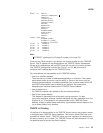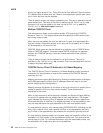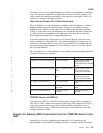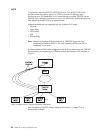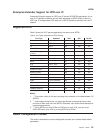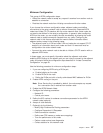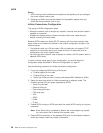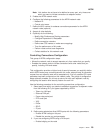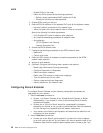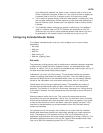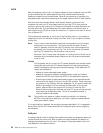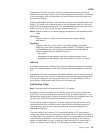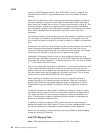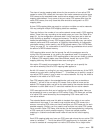Notes:
1. APPN routing must be defined and enabled on the specific ports you configure
the router network node to use.
2. Bridging and DLSw must still be enabled on the specific adapter ports you
desire the device network node to use.
Initiate Connections Configuration
This group of APPN configuration steps:
v Allows the network node to accept any request it receives from another node to
establish a connection.
v Enables the network node to initiate connections with other nodes that you
specify, including LEN end nodes.
Because APPN nodes can initiate CP-CP sessions with the router network node,
these nodes do not need to be defined in the router’s configuration, except in the
following cases:
v The adjacent node is a LEN end node. LEN end nodes do not support CP-CP
sessions, so information about such nodes and their LU resources must be
configured on the router network node.
v You want the router network node to be able to initiate a CP-CP session with an
adjacent APPN node.
If neither of these cases apply to your configuration, you should follow the
configuration steps described in “Minimum Configuration” on page 27.
Use the following procedure for initiate connections configuration :
1. If you are configuring APPN using a DLSw port:
a. Enable bridging on the node
b. Enable DLSw on the node
c. Define the DLSw port with a locally administered MAC address for DLSw.
2. Select the ports over which to initiate connections to adjacent nodes. The
following are the DLC port types supported by APPN:
v Token-ring LAN port
v Ethernet LAN port
v Frame-relay serial port
v PPP serial port
v X.25
v SDLC
v DLSw
v IP port
3. Enable APPN routing on APPN ports with the
enable APPN routing on this port
parameter.
Note: Since
Service Any
is enabled by default, the node accepts any request
for a connection that it receives from another node.
4. Define APPN link stations on the selected DLC ports for the adjacent nodes to
which this network node may initiate a connection.
APPN
28
MRS V3.2 Protocol Config Ref Vol 2




